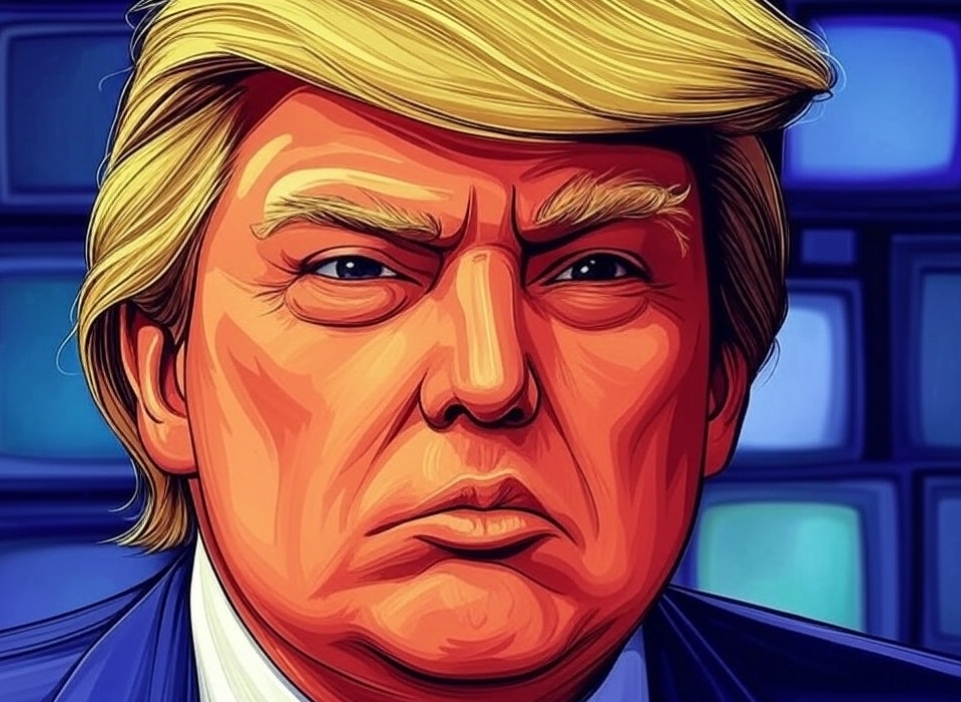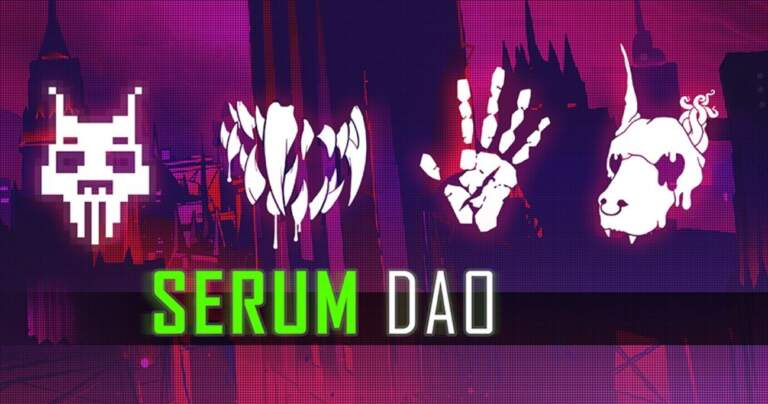The cryptocurrency market is experiencing an interesting yet concerning phenomenon as Trump-themed meme coins proliferate across decentralized exchanges, drawing significant liquidity away from established Web3 projects and protocols.
The surge began with the original Trump token but quickly spawned numerous derivatives, including tokens named after various Trump family members. These tokens have attracted substantial trading volume and liquidity, largely driven by speculative trading and social media hype rather than fundamental value or utility.
The real impact of this trend lies in its effect on DeFi ecosystem health. Projects that have spent years building legitimate use cases and infrastructure are seeing their liquidity pools thin as traders chase quick gains in these highly volatile meme coins. When substantial liquidity moves into these speculative assets, it reduces the capital efficiency of the broader DeFi ecosystem and can increase slippage and trading costs across more established protocols.
Data from major DEXs shows concerning patterns: significant ETH and stablecoin liquidity is being redirected from productive DeFi protocols into these meme token pools. This shift not only affects the projects losing liquidity but also creates systemic risks as capital becomes concentrated in highly volatile, sentiment-driven assets.
The phenomenon highlights a recurring challenge in crypto markets: balancing the free market’s appetite for speculative trading with the need to build sustainable DeFi infrastructure. While meme coins can attract new users to crypto, the current trend risks undermining serious Web3 development by diverting resources from innovation to speculation.
For the health of the Web3 ecosystem, it’s crucial that market participants understand the broader implications of these liquidity shifts. While short-term profits might be appealing, the long-term development of decentralized finance requires stable, reliable liquidity across key protocols and platforms.
Smart money in the space is watching these developments closely, as historical patterns suggest that meme coin frenzies often precede significant market corrections. Project developers and DAO treasuries might need to consider implementing more attractive liquidity incentives to maintain healthy pool depths during this period of increased speculation.
The current situation serves as a reminder that while crypto markets thrive on innovation and excitement, sustainable growth requires balanced distribution of capital across the ecosystem. As the market matures, finding this balance will be crucial for the long-term viability of Web3 projects and the broader DeFi landscape.









Leave a Comment